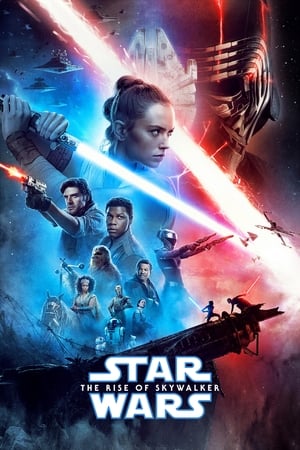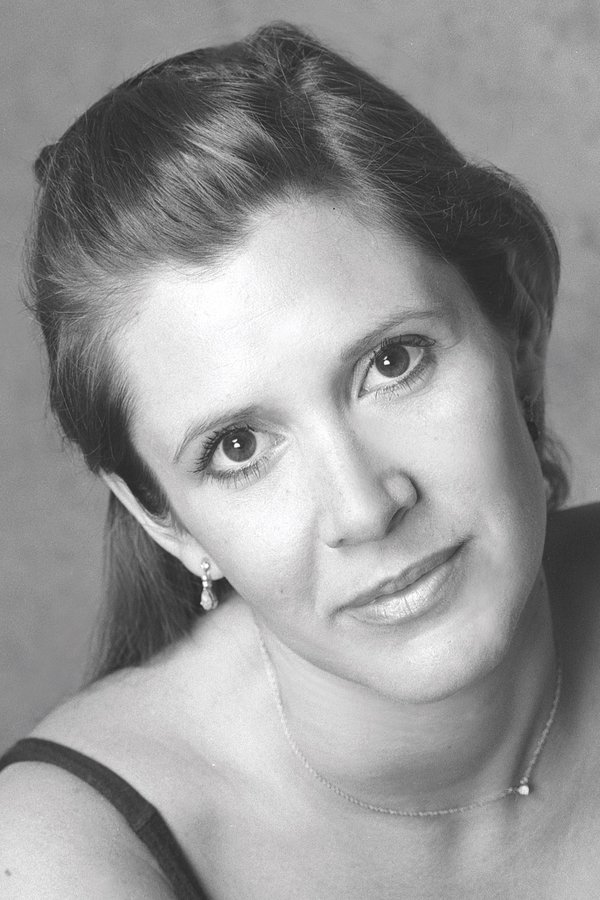I’ll be honest in saying I’ve been critical of Disney and Pixar and their inclusion of LGBTQ characters in their films but for good reason. Disney’s LGBTQ+ representation has been tepid at best, with characters showing their sexuality in brief, easy-brownie-points-style, while also cutting content for countries that are homophobic and/or transphobic. Onward, Star Wars: The Rise of Skywalker, and the Beauty and the Beast remake come to mind in this aspect. They often get a free pass from most people who mistake tokenism for positive representation. To see a glimpse of yourself being represented on the big screen, by the largest entertainment juggernaut on the planet, only to have it just be a line of dialog or a background kiss so brief that if you blink, you’ll miss it, is disheartening. Thankfully, Disney and Pixar may have finally turned the corner with Pixar’s new Disney+ Sparkshorts short film: OUT.
OUT tells a brief and adorable story about a man prepping to move to the big city with his boyfriend. The only problem is that he hasn’t come out to his parents yet. Greg (Kyle McDaniel) struggles with whether or not he’s ready to break the news to his family, stressing about them eventually coming over once he and his boyfriend, Manuel (Caleb Cabrera), move from the suburbs to the city. Manuel and Greg joke around about eventually coming out, with Manuel saying the sooner he does, the better. Suddenly, Greg’s parents make a surprise visit. Horrified, Greg shoves Manuel outside in fear of what his parents would think. Greg makes an effort to try and hide his partner, hiding a photo of them together.
While feeling like a standard “coming out” story at first, the narrative takes a quirky direction with a rainbow cat/dog duo who enchant the dog collar of Greg’s beloved pet. In a brief moment of solace, Greg reflects on the challenges he eventually has to confront, while holding the dog collar and photo in his hands, but as Greg holds the collar closer to his neck, it snaps onto him. Greg’s mind is switched with his dog’s ala Freaky Friday. Greg must now attempt to hide the photo from his parents, now as a dog while watching his human body embarrassingly flounder around the place.
While the whole fantastical element of OUT makes no sense, and we never get any answers on what or who these weird, rainbow alien animals are, the story makes a beautiful effort to tell a heartwarming story about love and acceptance in a familial unit. Both Greg and Manuel know that the secret can’t be hidden forever, although Greg makes a concerted effort to keep it that way for as long as he can, and Manuel asserts everything will be okay in the end. What Greg doesn’t know, is that his parents already understand Greg’s sexuality, even without his family saying anything to him. In a beautiful moment in the film, after a rambunctious set of moments where dog-Greg attempts to hide the photo and try to get to his human body, Greg’s mom becomes frustrated and sits outside to reflect on the lack of communication she’s had with her son, as well as the larger distant move he’s making from his family. Although Greg’s mom thinks she’s speaking to his dog, and not her son, she states the most beautiful quote in the whole film:


















